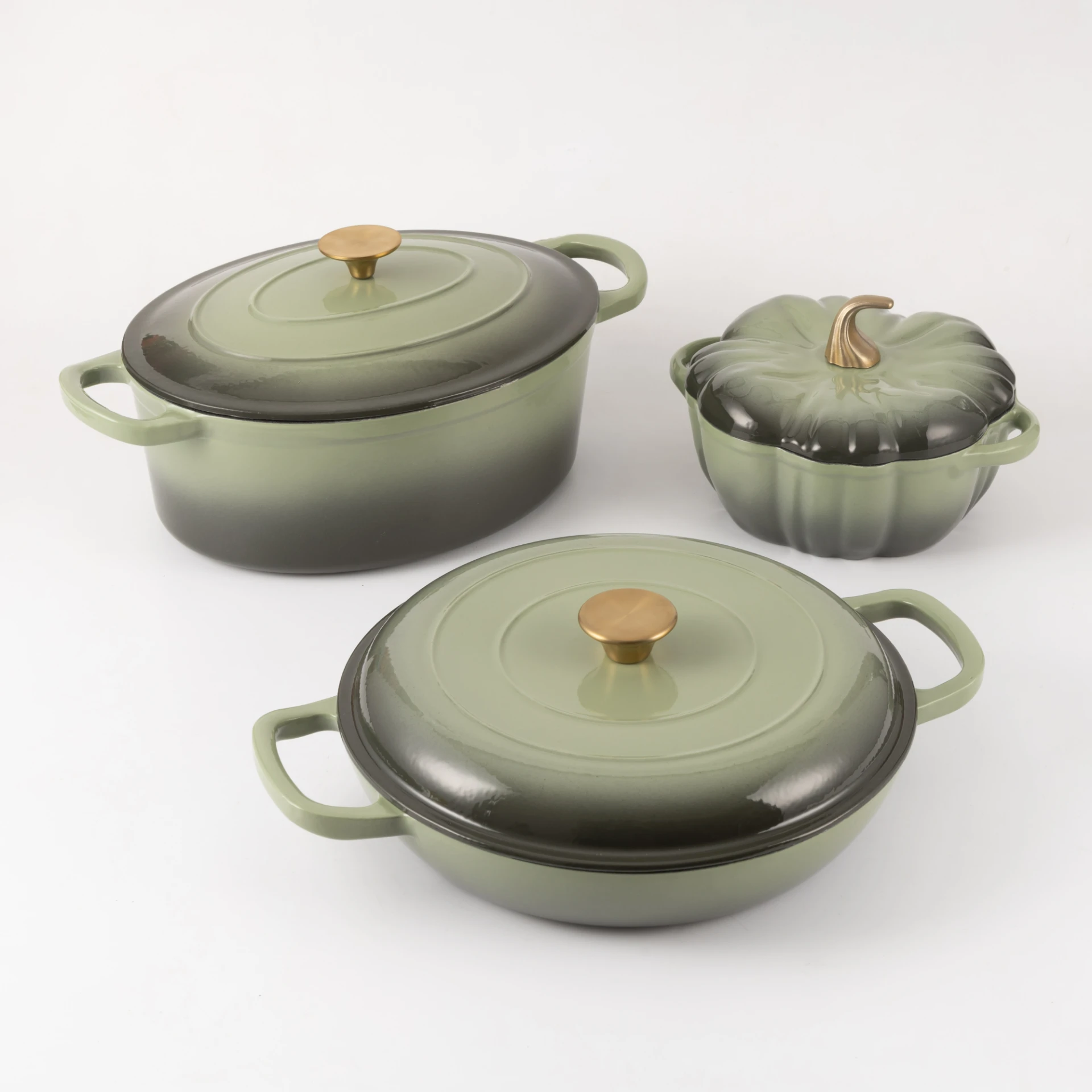
refinishing a cast iron skillet
Refinishing a Cast Iron Skillet A Step-by-Step Guide
Cast iron skillets are cherished kitchen tools known for their durability and exceptional heat retention. Over time, with frequent use, the surface can become seasoned or worn, making it essential to refinish your skillet to restore its original glory. Refinishing a cast iron skillet not only improves its appearance and functionality but also extends its lifespan. Here’s a step-by-step guide to help you through the process of refinishing your cast iron skillet.
Step 1 Gather Your Supplies
Before you start, make sure you have the necessary tools and materials. You’ll need
- A cast iron skillet - Steel wool or a scraper (for heavy rust or old seasoning) - Dish soap (optional, for cleaning) - A sponge or cloth - Vegetable oil, flaxseed oil, or shortening (for seasoning) - An oven (for the seasoning process) - Aluminum foil (to catch drips during seasoning) - Protective gloves (to protect your hands)
Step 2 Clean the Skillet
Start by thoroughly cleaning your skillet. If it has a lot of built-up seasoning or rust, use steel wool or a scraper to remove the old layer, taking care not to damage the iron. If your skillet is not too rusty, a good scrub with hot water and dish soap may suffice. Rinse it well and dry it completely—moisture can lead to rust.
Step 3 Remove Rust (If Necessary)
In cases where the skillet is heavily rusted, additional methods may be needed. You can soak it in a vinegar solution (equal parts vinegar and water) for a couple of hours to loosen the rust, then scrub it with steel wool again. Once done, rinse, dry, and follow with a light coat of oil to prevent further rusting.
Step 4 Apply a New Seasoning Layer
refinishing a cast iron skillet

To season your cast iron skillet, apply a thin layer of oil. Use your hands or a cloth to spread a small amount of vegetable oil, flaxseed oil, or shortening over the entire surface, including the bottom and handle. Make sure not to leave any excess oil, as this can lead to a sticky surface after baking.
Step 5 Bake the Skillet
Preheat your oven to 450°F (232°C). Place a sheet of aluminum foil on the bottom rack to catch any drips. Turn the skillet upside down and place it on the middle rack. This arrangement will allow the oil to bond correctly with the cast iron during the seasoning process. Bake it for about one hour.
After the hour is up, turn off the oven and let the skillet cool inside. This gradual cooling will help cure the seasoning.
Step 6 Repeat if Necessary
For the best results, you may wish to repeat the seasoning process multiple times. Applying several thin layers of oil can create a stronger and more effective non-stick surface. Each layer enhances the skillet’s ability to resist rust and food sticking over time.
Step 7 Maintenance Tips
Once your skillet is refinished, maintaining it becomes crucial. After each use, avoid soaking it in water. Instead, use hot water and a non-metal brush or sponge to scrub it. For tougher residues, a bit of coarse salt mixed with water can help.
Avoid cooking acidic foods (like tomatoes) in your skillet until the seasoning builds up sufficiently, as acidity can strip away the seasoning.
In conclusion, refinishing a cast iron skillet is a straightforward process that requires minimal supplies and effort. With regular maintenance and care, your skillet can provide you with many years of exceptional cooking experiences, making it a cherished item in your kitchen for generations to come. Happy cooking!
-
Cast Iron Cookware Pan- Baixiang County Zhongda Machinery|Non-stick, DurableNewsAug.03,2025
-
Black Cast Iron Pan- ZD Cookware|Non-Stick, Heat ResistantNewsAug.03,2025
-
Cast Iron Cookware Pancake Pan- ZD Cookware|Non-Stick, Even Heat, DurableNewsAug.02,2025
-
Cast Iron Cookware- Baixiang County Zhongda Machinery|Non-Stick, Heat RetentionNewsAug.02,2025
-
High Quality Kitchen Durable Black Round Cast Iron Cookware Pancake Crepe Pan With Wooden Handle|Non-Stick Surface&Heat RetentionNewsAug.02,2025
-
Authentic Traditional Chinese Wok for High-Performance CookingNewsAug.02,2025


